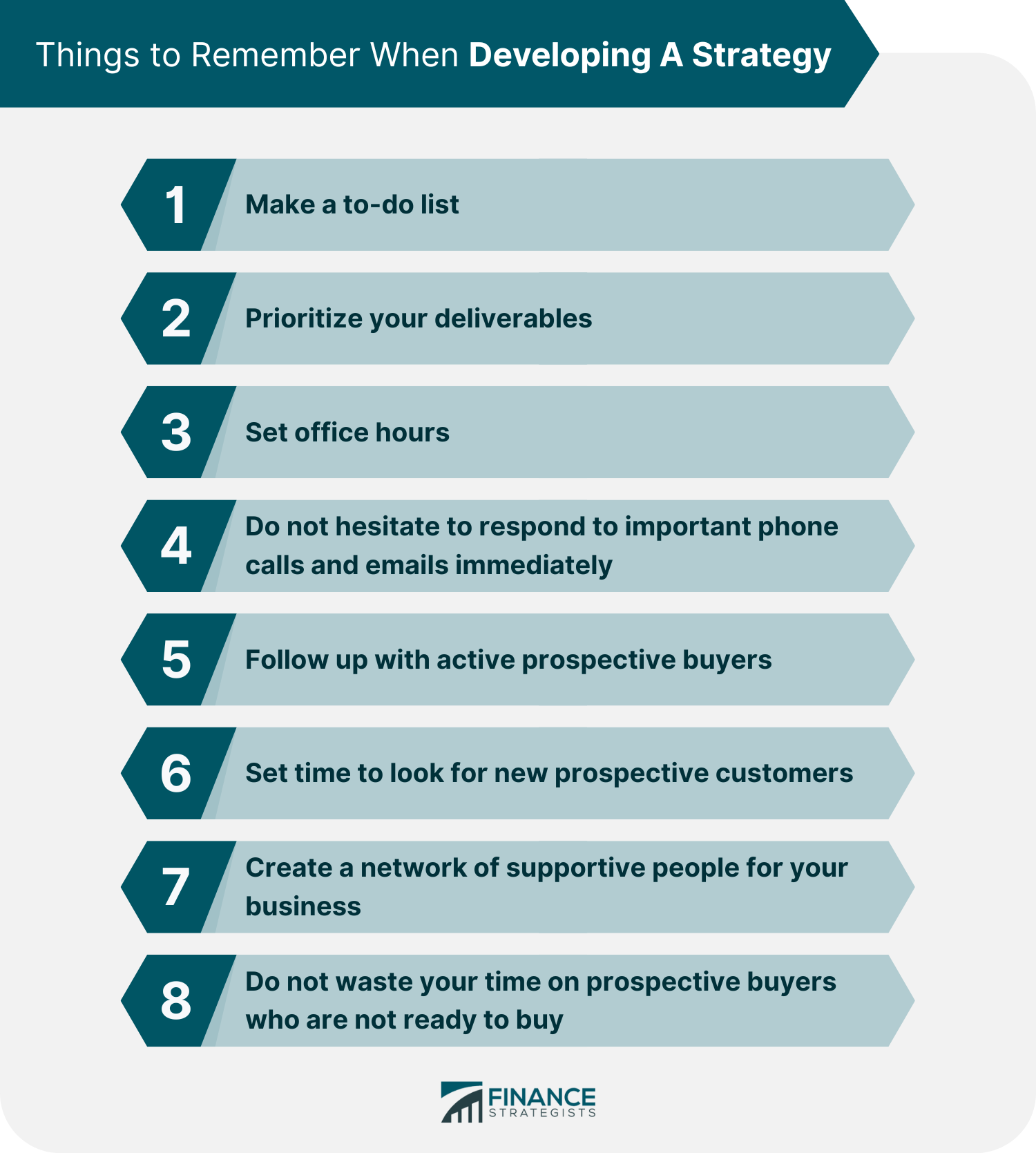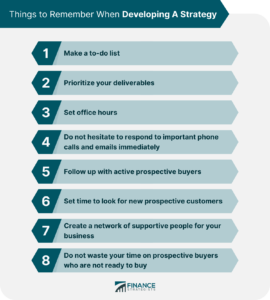
How do I create a budget and stick to it?

Introduction: The Foundation of Financial Success
Creating a budget is the cornerstone of effective financial management. It empowers individuals to take control of their money, set financial goals, and work towards achieving them. In this comprehensive guide, we will walk through the step-by-step process of creating a budget and, more importantly, provide actionable tips on how to stick to it.
Step 1: Assess Your Financial Situation
The first step in creating a budget is to assess your current financial situation. Collect details regarding your earnings, expenditures, outstanding debts, and savings This snapshot of your finances will serve as the foundation for building a realistic and effective budget.
Step 2: Define Your Financial Goals
Identify your short-term and long-term financial goals. Whether it’s saving for a vacation, paying off debt, or building an emergency fund, clearly defining your objectives will guide your budgeting decisions. Your goals will serve as motivation and help you prioritize your spending.
Step 3: Categorize Your Expenses
Organize your spending into categories, distinguishing between fixed and variable expenses. Fixed expenses include bills like rent or mortgage, utilities, and insurance, while variable expenses encompass groceries, entertainment, and dining out. Categorizing expenses provides clarity on where your money is going and where adjustments can be made.
Step 4: Calculate Your Income and Expenses
Now, it’s time to crunch the numbers. Calculate your total monthly income and compare it to your total expenses. This step ensures that your income covers your essential needs and allows you to allocate funds towards your financial goals.
Step 5: Create a Realistic Budget
With a clear understanding of your income and expenses, create a realistic budget. Allocate specific amounts to each spending category, ensuring that your income is greater than your expenses. Be honest with yourself about your spending habits and set achievable targets.
Step 6: Embrace the 50/30/20 Rule
Consider adopting the 50/30/20 rule, a popular budgeting guideline. Allocate 50% of your income to necessities, 30% to discretionary spending, and 20% to savings and debt repayment. This rule provides a simple framework for achieving a balanced budget and building a financial cushion.
Step 7: Monitor Your Spending Regularly
Successful budgeting involves ongoing monitoring. Regularly track your expenses against your budget to ensure you stay on course. Utilize budgeting apps or spreadsheets to make this process more manageable. Awareness is key to identifying and addressing any deviations from your plan.
Step 8: Cut Unnecessary Expenses
Identify areas where you can cut unnecessary expenses. This could involve reducing dining out, finding more cost-effective alternatives for subscriptions, or negotiating bills. Cutting back on non-essential spending frees up funds to allocate towards your financial goals.
Step 9: Build an Emergency Fund
Prioritize building an emergency fund as part of your budget. Aim to set aside three to six months’ worth of living expenses. An emergency fund provides a financial safety net, protecting you from unexpected expenses without derailing your budget.
Step 10: Automate Savings and Bill Payments
Make saving a habit by automating contributions to your savings and investments. Set up automatic transfers to your savings account and schedule bill payments to avoid late fees. Automation streamlines your financial responsibilities, making it easier to stick to your budget.
Step 11: Review and Adjust Regularly
Life is dynamic, and your budget should be too. Regularly review your budget and make adjustments based on changes in income, expenses, or financial goals. Flexibility is key to maintaining a budget that aligns with your evolving financial circumstances.
Step 12: Stay Disciplined and Stay Accountable
Sticking to a budget requires discipline and accountability. Stay committed to your financial goals and be mindful of your spending habits. Share your budgeting journey with a friend or family member who can provide support and encouragement.
Conclusion: Financial Freedom through Budget Mastery
Creating a budget is not a one-time task but an ongoing process that evolves with your financial journey. By following these step-by-step guidelines and integrating practical tips to stick to your budget, you are laying the foundation for financial success. Remember, a budget is not about restriction; it’s about empowerment, giving you control over your money and the ability to achieve your financial aspirations. Embrace the journey towards financial freedom with confidence and determination.


